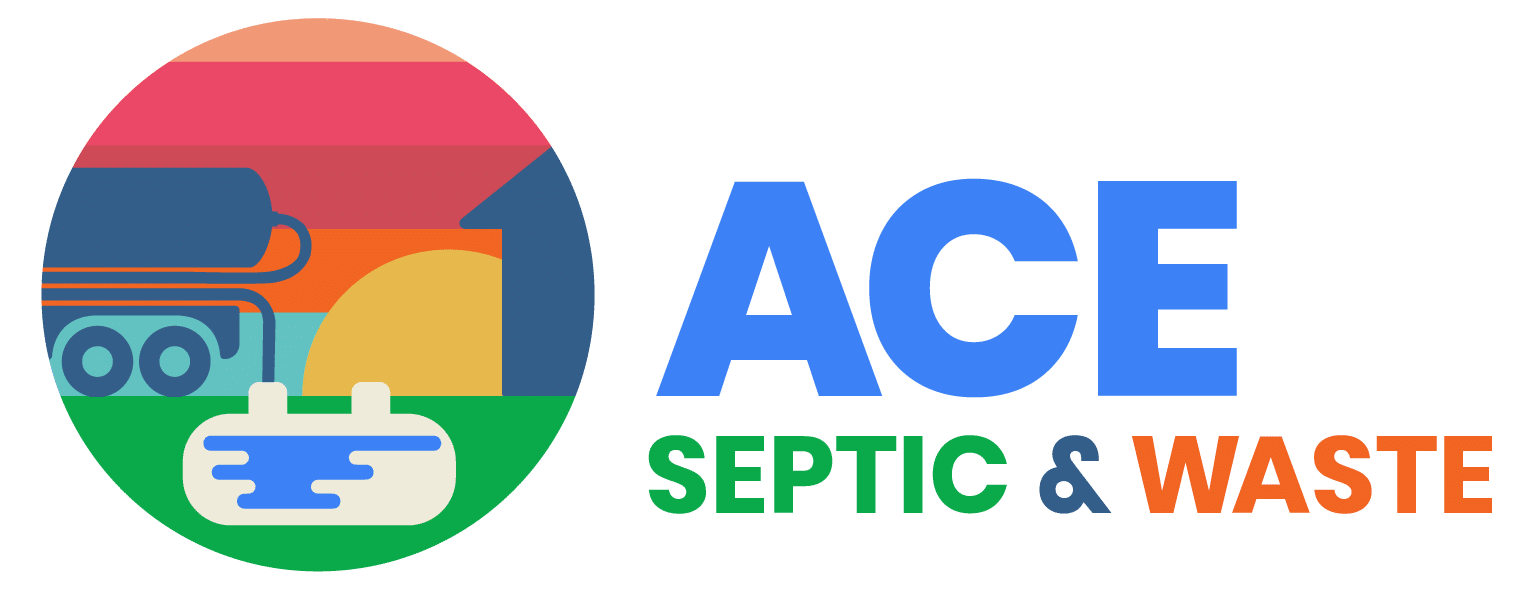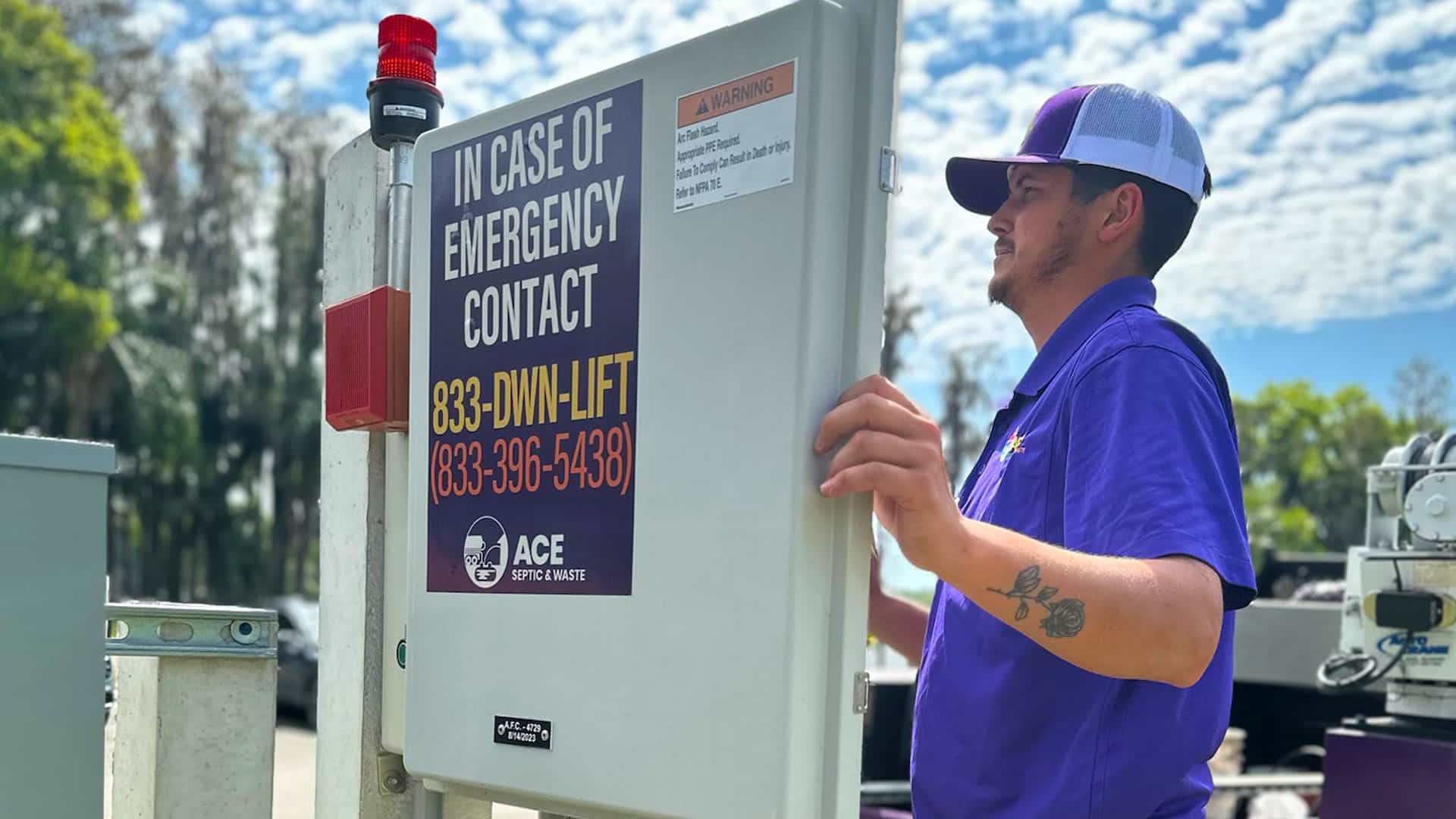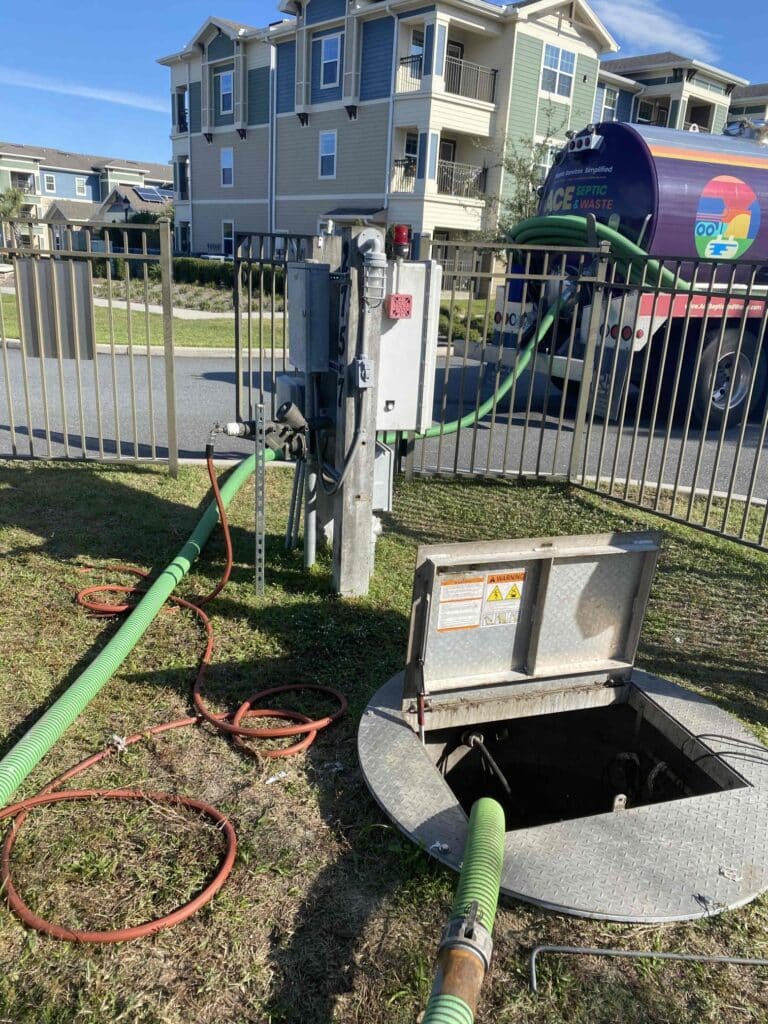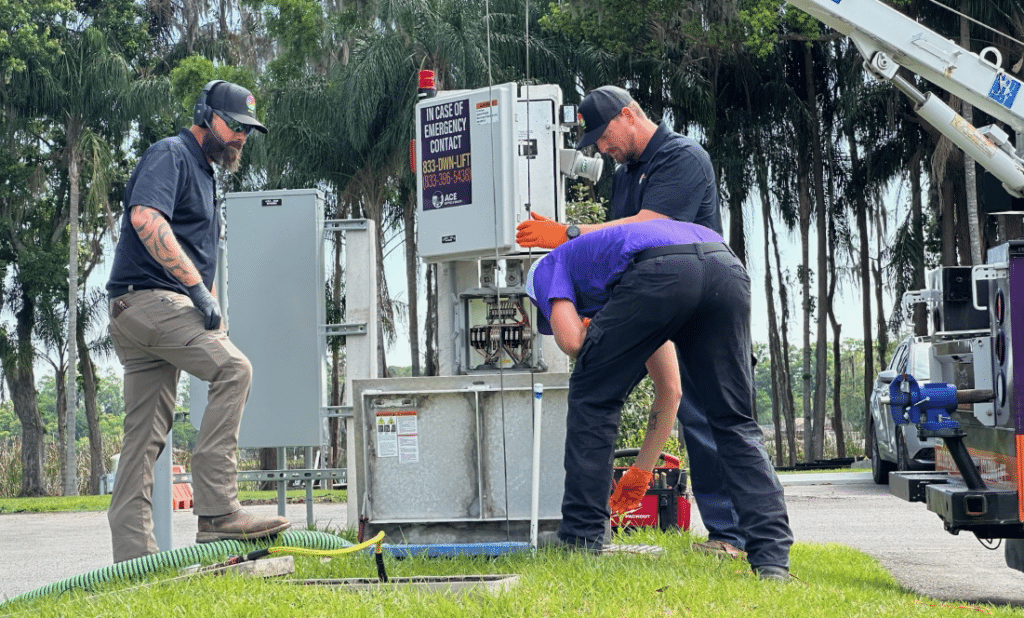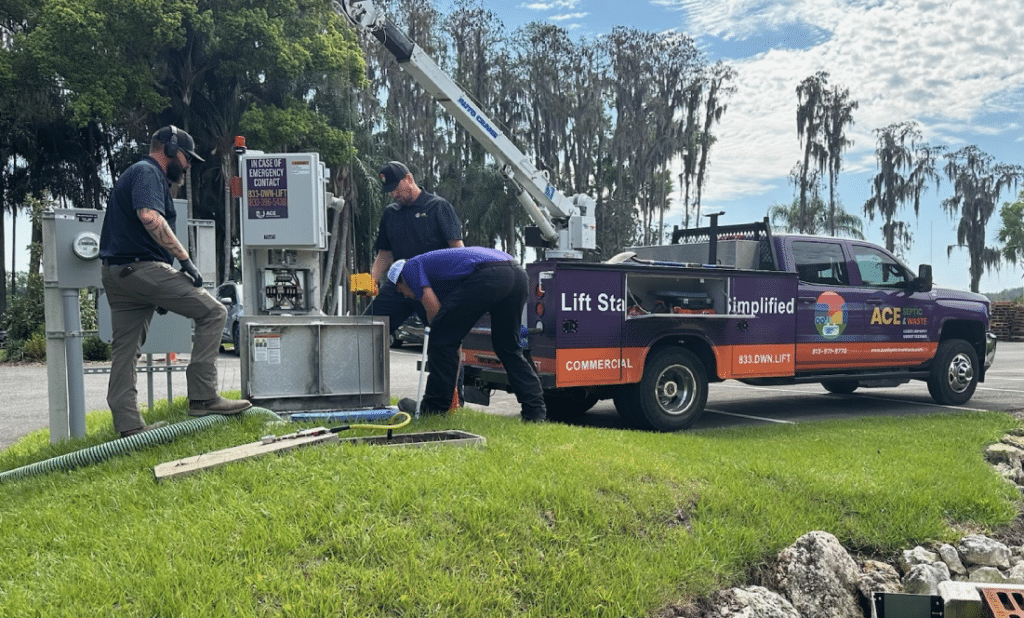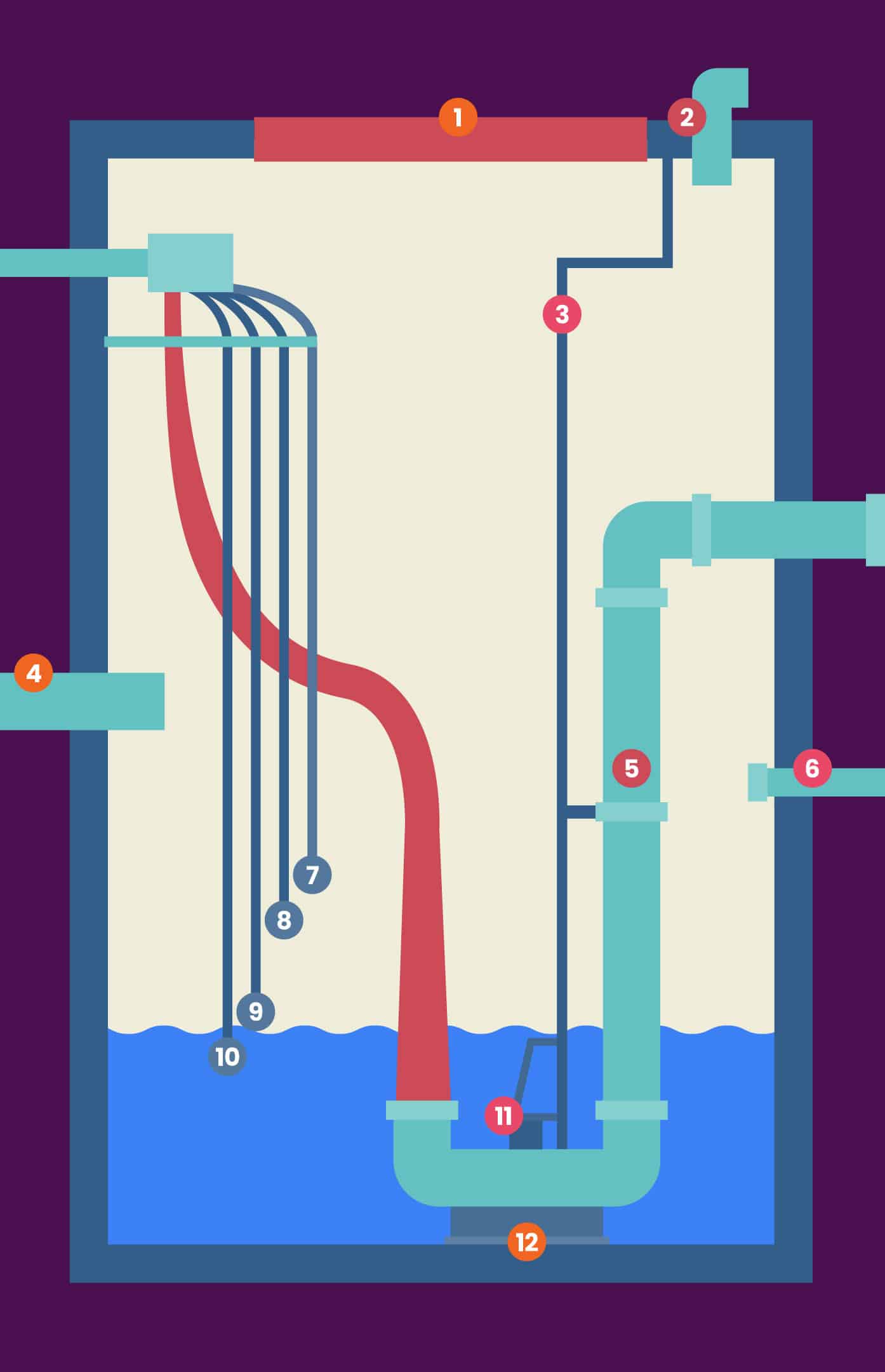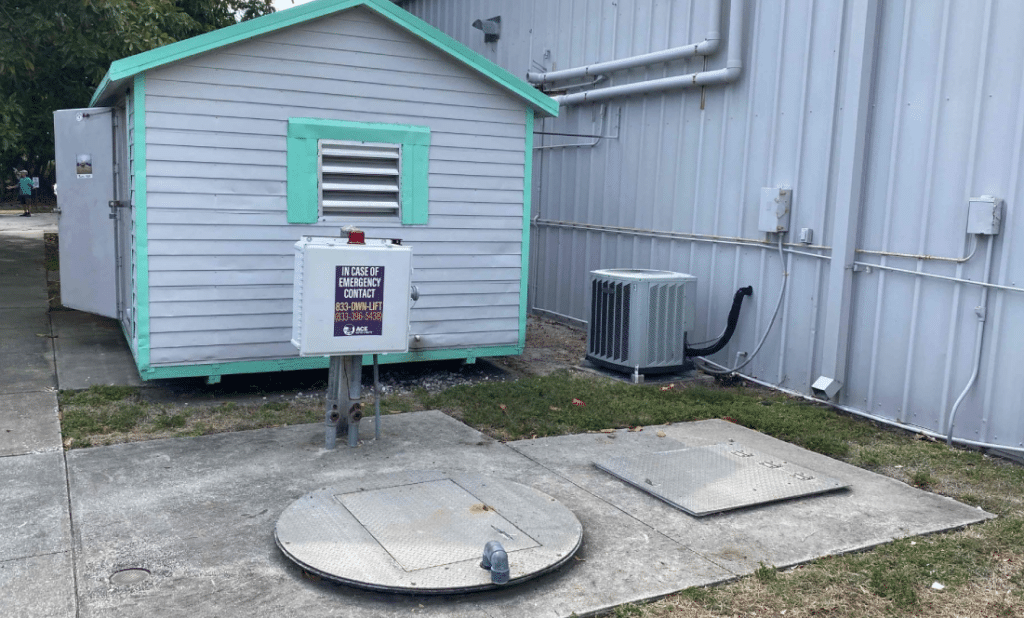Lift Station Services
ACE Septic & Waste is the trusted name among Florida property managers and business owners for our expertise in installing, repairing, and maintaining commercial lift stations — an essential component in wastewater management. We aim to educate our readers and customers on all aspects of septic systems for commercial owners and residents. In this article, we’ll give an overview of our lift station services as we cover several elements of lift stations, along with several links to some of our other in-depth articles.
